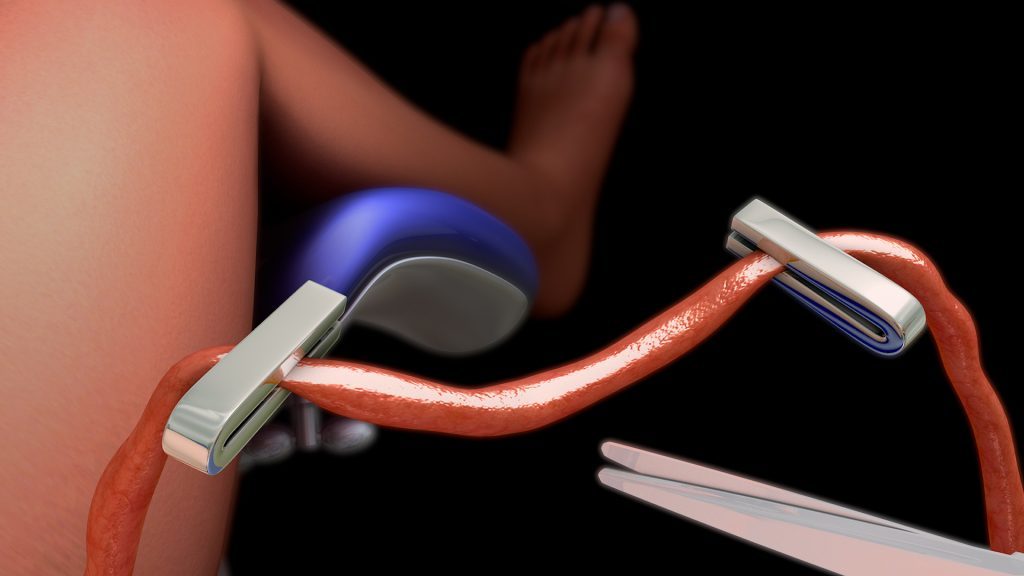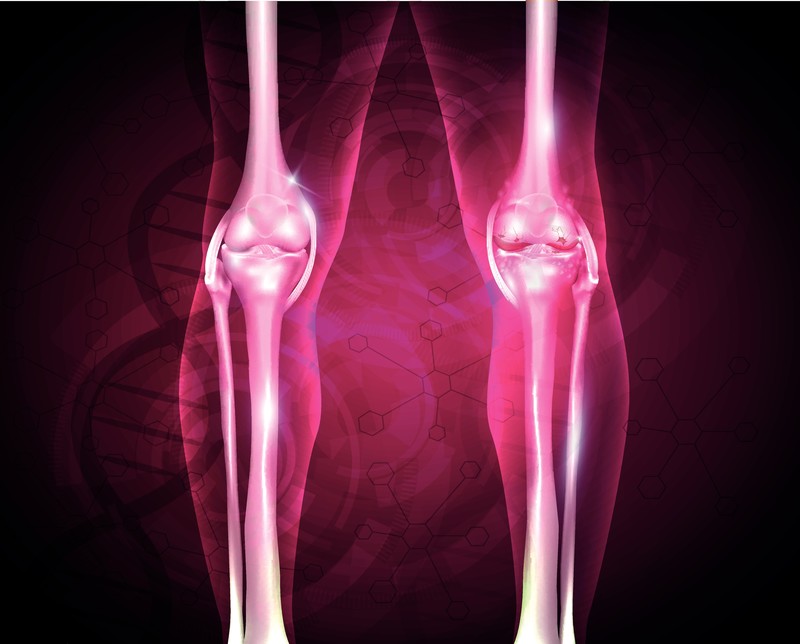Umbilical Cord Stem Cell Therapy in Austin TX
Where do umbilical cord-derived stem cells come from?
Human umbilical cord stem cells are isolated from discarded or donated extra-embryonic tissue after birth. The umbilical cord develops from allantois of the yolk sac, and it becomes a conduit between the developing fetus/embryo and the placenta. The umbilical cord stroma contains a gel-like substance called Wharton’s jelly, which protects the blood vessels from clumping and offers cord flexibility. This substance contains chondroitin sulfate and hyaluronic acid. The cells of the umbilical cord are mesenchyme-derived, such as smooth muscle cells, myofibroblasts, fibroblasts, and mesenchymal stem cells.
How many stem cells are in umbilical cord tissue or blood?
The Wharton’s jelly yields the highest concentration of allogeneic mesenchymal stem cells, with around 4 million cells per centimeter. Umbilical cord tissue yields a range of 10,000 to 2,000,000, whereas bone marrow yields around 300,000 cells per milliliter.
Once the material is processed at an FDA regulated lab, stem cell counts end up averaging between 10 and 20 million per cc.
How do umbilical cord stem cells work?
It is believed that umbilical cord stem cells have immunomodulatory activity provided by the paracrine mechanism. These cells produce interleukin-6, which instructs dendritic cells to acquire tolerogenic phenotypes and prostaglandin E2 that suppresses NK cells cytotoxicity. In addition, CD4 and CD8 T cell proliferation and indoleamine 2 and 3-dioxygenance inhibits the differentiation of circulating T follicular helper cells. After exposure with proinflammatory cytokine interleukin-1B, stem cells from umbilical cord origin exhibited elevated expression of immunomodulatory molecules.
Stem cells are regulators of inflammation. Umbilical cord stem cells also possess pluripotency properties, as they are a bridge between embryonic and adult-type stem cells. The expression of pluripotency markers in stem cells show that they have anti-inflammatory abilities, as well as being nontumorigenic (tumor producing). Currently the U.S. government has many registered stem cell clinical trials through the FDA, which focus on efficacy and safety.
What are the advantages of umbilical cord stem cells over other stem cell types?
Umbilical cord-derived stem cells are in abundant supply, they have a faster self-renewal, and offer painless collection, as they are donated after live births. In addition, human umbilical cord stem cells have shown the potencies to differentiate into a variety of cells of three germ layers, such as cartilage, adipose, bone, skeletal muscle, endothelium, cardiomyocyte, hepatocyte-like cluster, islet-like cluster, neuron, oligodendrocyte, and astrocyte. These types of stem cells can secrete a set of trophic factors and cytokines, as well as support the expansion and function of other cell-types, such as hematopoietic stem cells, natural killer cells, embryonic stem cells, neurons, islet-like cell clusters, and glial cells.
What side effects exist with umbilical cord stem cell treatment?
In most clinical studies reviewed, stem cell administration had no side effects with the exception of a few cases of fever. Patients and animal subjects have been found to tolerate stem cell injections and infusion well, and there is significant evidence supporting the efficacy of both allogeneic and autologous stem cell therapy.
What conditions are treated with umbilical cord tissue stem cells?
Many conditions have been treated successfully using umbilical cord stem cells. Buerger’s disease is a nonatherosclerotic inflammatory disease characterized by panangiitis of the small and medium blood vessels. In a study involving four men with the condition, stem cells were implanted. After four weeks, the necrotic skin lesions were healed, and researchers determined the stem cells led to improved peripheral circulation and decreased vascular resistance. In one study, seven type 2 diabetes patients with erectile dysfunction were treated with stem cells, which were infused into the corpus cavernosum. After therapy, rigidity increased in all patients.
Liver cirrhosis has also responded to umbilical cord stem cells. In this study, researchers saw a decrease in serum bilirubin levels, lowered sodium model, and increased albumin levels, all indicators of improved liver functioning. In addition, the patients had reduced ascites. Yet another study involved the use of umbilical cord stem cells in the treatment of knee osteoarthritis in dogs. The dogs that received injections of stem cells had more recovery of patella surface and cartilage via scanning electron microscope than the untreated group. The investigators concluded that the treated dogs had significantly higher improvement in cartilage neogenesis and recovery.
Looking at the literature, there are thousands of peer reviewed studies showing the effectiveness of umbilical cord stem cells for arthritis, autoimmune syndromes, neurodegenerative disorders, organ failure, Lyme disease and more.
Resources
Artyunyan I, Elchaninov A, Makarov A, Farkhudinov T (2016). Umbilical Cord as Prospective Source for Mesenchymal Stem Cell-Based Therapy. Stem Cells Int, 6901286.
Bahk JY, Jung JH, Han H, et a. (2010). Treatment of diabetic impotence with umbilical cord blood stem cell intracavernosal transplant: preliminary report of 7 cases. Experimental and Clinical Transplantation, 8(2), 150-160.
Fan CG, Zhang QJ, & Zhou JR (2011). Therapeutic Potentials of Mesenchymal Stem Cells Derived from Human Umbilical Cord. Stem Cell Reviews and Reports, 7(1), 195-207.
Greish S, Abogresha N, Abdel-Hady Z, et al. (2012). Human umbilical cord mesenchymal stem cells as treatment of adjuvant rheumatoid arthritis in a rat model. World J Stem Cells, 4(10), 101-109.
Kim SW, Han H, Chae GT, et al. (2009). Successful Stem Cell Therapy Using Umbilical Cord Blood‐Derived Multipotent Stem Cells for Buerger’s Disease and Ischemic Limb Disease Animal Model. Stem Cells, 24(6), 1620-1626.
Yang N, Ding Y, Zhang Y, et al. (2018). Surface Functionalization of Polymeric Nanoparticles with Umbilical Cord-Derived Mesenchymal Stem Cell Membrane for Tumor-Targeted Therapy. ACS Appl Mater Interfaces, 10(27),22963-22973.
Zhang Z, Lin H, Shi M, et al. (2012). Human umbilical cord mesenchymal stem cells improve liver function and ascites in decompensated liver cirrhosis patients. Stem Cells, 27(2).
Zhang BY, Wang BY, Li SC, et al. (2018). Evaluation of the Curative Effect of Umbilical Cord Mesenchymal Stem Cell Therapy for Knee Arthritis in Dogs Using Imaging Technology. Stem Cells Int, 1983925.



